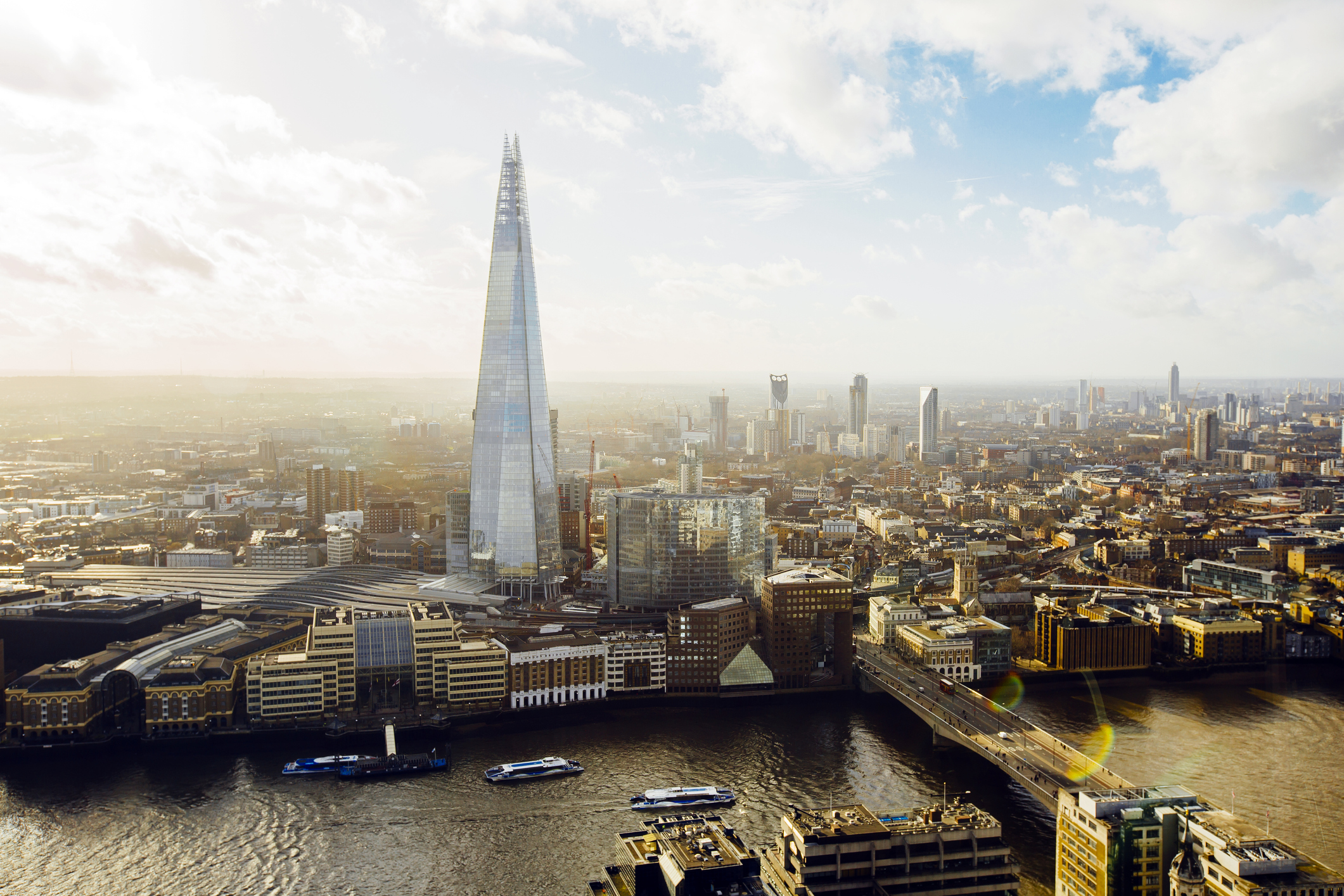
Many major global cities saw a significant decrease in competitiveness during the COVID-19 pandemic, as governments tightened border restrictions and imposed tough social distancing restrictions, according to the 2021 Global Power City Index (GPCI).
It remains to be seen whether, in the post-pandemic world of work, these global hubs will retain their ability to attract the highest-caliber workers. But, the 2021 Global Power City Index—produced by the Mori Memorial Foundation’s Institute for Urban Strategies in Tokyo—found most major cities have adapted to work-from-home and hybrid work trends.
Peter Dustan, a researcher at the Institute for Urban Strategies, says that while international travel is still difficult due to COVID restrictions, many cities have begun relaxing social distancing measures, as COVID-19 vaccinations rise. Some cities have also begun requiring proof of vaccination to attend large events, eat at restaurants or use public transit.
Dustan thinks this year’s Power City Index, released Wednesday, is useful for comparing how cities have been affected by COVID-19. “The shape or character of urban attractiveness may shift, but its importance in attracting new business and talent will remain,” he says.
Read more: Here Are the World’s Greatest Places of 2021
For instance, Hong Kong, which has ranked in the top 10 each year for the past seven years, slid to 13th place from ninth in 2020. Hong Kong’s government has among the toughest COVID-19 border restrictions in the world, with up to three weeks of mandatory hotel quarantine for travelers. The Asian financial hub also had the biggest decline in the number of air passengers, at 88%.
London continues to be the most attractive city, according to the Global Power City Index, but its overall score dipped, with the report’s authors attributing the decline to both the pandemic and Brexit, which hampered its economy and global accessibility. “The fact that all other European cities increased their economy scores suggests that the U.K.’s exit from the EU is beginning to have an impact, allowing other European cities to start catching up to London,” the institute said.
Tokyo improved its overall scores, in large part due to the 2020 Olympics and Paralympics and improvements in work flexibility as Japan adapts to work from home.
The Global Power City Index evaluates and ranks global cities by their “magnetism” using 70 indicators across six categories: economy, research and development, cultural interaction, livability, environment and accessibility.
In the 48 cities assessed this year, the study saw accessibility taking a huge hit; compared to the year before the global pandemic began, the frequency of international flights between these cities decreased nearly 50%.
But the Institute for Urban Strategies reported some positive changes in the 48 cities despite fewer people moving between them—more than half of them saw an increase in co-working spaces and a decline in working hours.
Here are the Global Power City Index’s top 10 world cities:
More Must-Reads from TIME
- Why Trump’s Message Worked on Latino Men
- What Trump’s Win Could Mean for Housing
- The 100 Must-Read Books of 2024
- Sleep Doctors Share the 1 Tip That’s Changed Their Lives
- Column: Let’s Bring Back Romance
- What It’s Like to Have Long COVID As a Kid
- FX’s Say Nothing Is the Must-Watch Political Thriller of 2024
- Merle Bombardieri Is Helping People Make the Baby Decision
Contact us at letters@time.com